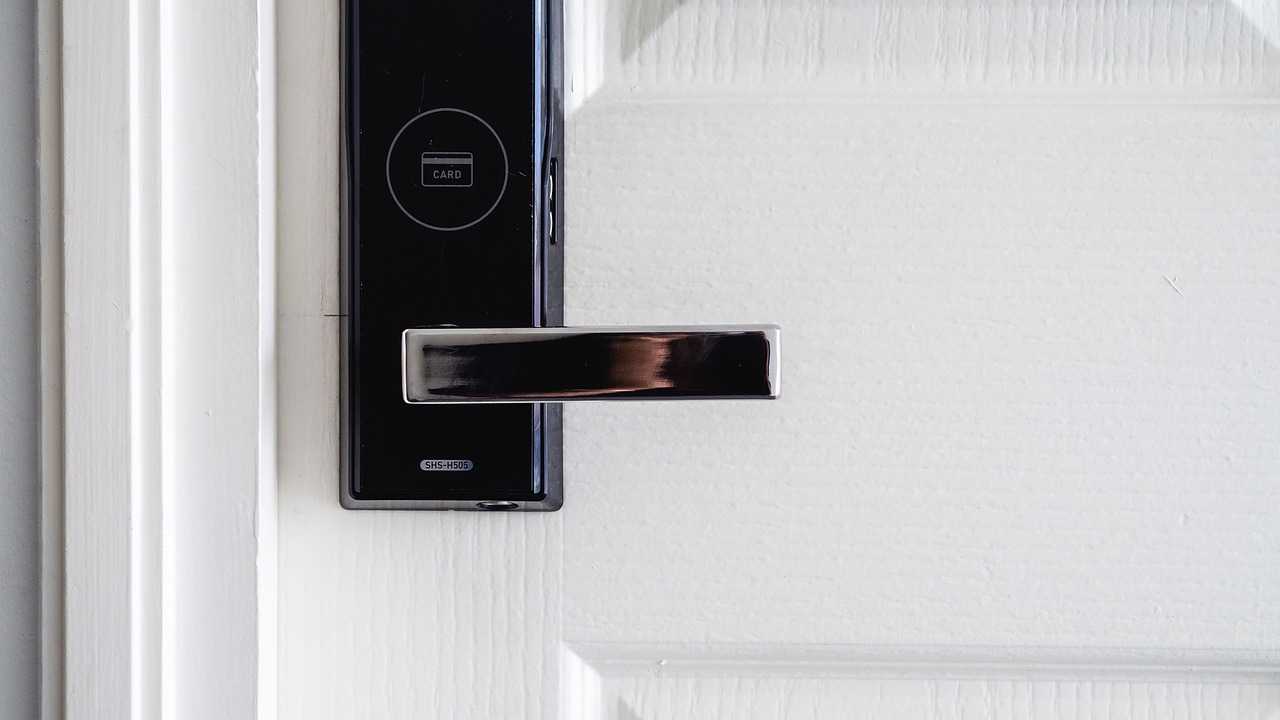Smarter, More Intuitive AI Assistants
The AI at the heart of your smart home isn’t just waiting for a voice command anymore it’s learning how you live. Morning routines, preferred lighting levels, energy habits, even grocery cycles AI systems have evolved from reactive helpers into predictive partners. They’re not passive tools. They’re observant, pattern driven engines that tune your environment before you even ask.
Energy saving nudges now show up in app alerts. Fridge running low on what you usually eat on Tuesdays? It’s flagged and added to your grocery list. Tired of repeating yourself to multiple devices? You won’t have to inter device syncing means your thermostat knows when your lights go dim, and your music adjusts if your heart rate dips.
This is more than convenience. It’s adaptive living. Quiet, invisible, and tailored to each user like muscle memory. For anyone designing or upgrading a home system in 2026, anticipatory automation is what makes the difference between smart and actually intelligent.
Sustainable Automation at the Core
Smart homes in 2026 don’t just adjust they anticipate. Thermostats now go beyond simple temperature settings. They read the weather, track when someone’s home, and optimize heating and cooling to meet carbon reduction goals. It’s not about comfort alone it’s about efficiency with intention.
Solar integration isn’t flashy anymore. It’s expected. New builds come solar ready, and existing homes are retrofitting fast. But it’s the backend intelligence that makes the difference systems that auto route energy based on demand, battery levels, and utility rates.
Water’s getting the smart treatment too. Faucets that pause between uses, leak detection that alerts you before damage spreads, and greywater systems that reroute usable water to toilets or gardens all of it runs quietly in the background, saving resources with zero fuss.
Sustainability isn’t a feature anymore. It’s the operating system.
Home Security Gone Next Level

Traditional motion sensors are old news. In 2026, advanced security systems rely on facial recognition and pattern tracking to spot problems before they escalate. These systems aren’t just catching movement they’re learning who belongs, who doesn’t, and what behavior feels off. Someone pacing near your porch at 2 a.m.? That system flags it. A known face entering at an unusual time? You get the alert.
What makes this even sharper is integration. Home security now links directly with neighborhood watch apps and even local law enforcement dashboards. That means faster responses and more eyes on the ground digital and human. You’re not the only one watching your front door anymore.
Add in the rise of temporary digital keys, and smart home access turns both safer and less of a hassle. You can authorize a delivery driver for a 10 minute entry window, or give your dog walker one time access without handing out permanent codes. No spare keys under rocks. No worries about lost cards. Control stays with you, and changes in seconds.
Security in 2026 is no longer about reacting. It’s about anticipating, connecting, and adapting all on your terms.
Multi Sensory Wellness Environments
The smart home is no longer just efficient it’s tuned into how you feel. Lighting systems in 2026 aren’t just about brightness or color anymore. They shift throughout the day to align with your circadian rhythm, helping you stay focused during work hours and wind down at night without even thinking about it. Wake up light in the morning. Cooler tones during the day. Warm, low light in the evening. It’s automatic, and it matters.
Air quality monitors have also leveled up. Instead of just throwing numbers at you, they can now trigger purification systems directly. If the pollen count spikes or indoor pollutants climb, your system kicks in no app check, no setting changes. Breathe better, without the hassle.
Meanwhile, the kitchen is getting smarter, too. Fridges track your groceries. Cabinets log ingredients. Integrated systems suggest recipes based on what you’ve got and how healthy you’re trying to eat. Some setups even start prepping for you, chopping what needs chopping before your hands hit the counter. It’s not sci fi anymore. It’s lunch on autopilot.
Wellness used to mean a yoga mat and a good night’s sleep. Now, it’s baked into the walls, wires, and routines of your whole house.
Affordable Customization for All
Smart homes aren’t just for the elite anymore. Modular systems now let homeowners and renters scale up or down with ease. Whether you’re in a 400 square foot apartment or a sprawling multi level estate, it’s plug and play. Add a smart thermostat or connect full room automation same interface, just more muscle.
Usability is also catching up with inclusivity. Voice activation is sharper, more responsive, and increasingly app optional. That’s a win for older users, folks with accessibility needs, or just anyone who doesn’t love diving into yet another clunky mobile app. One voice command, and lights, music, or blinds shift without a screen in sight.
And what used to be luxury motion sensitive lighting, self learning climate control, adaptive kitchen appliances is now showing up in mid market homes. Premium is still out there, but the baseline has risen. Savvy builders and developers are baking in these features from day one. Everyone benefits. No flashy gimmicks, just smarter living, made standard.
Real Time Data Driven Living
In 2026, smart homes go beyond automation they provide clear, actionable insights that empower homeowners to live more efficiently and safely. Real time data is now at the heart of everyday living, shaping decisions at both the individual and city level.
Smarter Dashboards, Smarter Choices
Gone are the days of passive energy tracking. Today’s systems provide:
Carbon footprint monitoring: Know exactly how daily habits impact emissions.
Energy budgeting tools: Real time usage updates help reduce waste and costs.
Home safety metrics: Get notified if patterns shift unexpectedly, indicating possible safety concerns.
These dashboards offer a unified, intuitive interface giving homeowners control over not just their house, but their lifestyle impact.
Insurance That Rewards Good Behavior
The way your home behaves can now influence your bottom line.
Security driven savings: Homes with advanced biometric access and anomaly alerts may receive discounts.
Energy efficiency incentives: Insurers are starting to offer lower rates for consistent energy smart usage.
Verified automation: Systems that confirm you’re using smart features (like auto locks or motion activated lighting) help drive down premiums.
The result? A data backed reason to invest in smarter systems.
Smart Cities, Smarter Homes
Connectivity extends beyond your walls. In the connected ecosystems of 2026:
Adaptive street lighting dims or brightens based on home occupancy and local events.
Smart power grids align with household usage patterns to balance demand.
Real time municipal data integrates with your home to provide seamless responsiveness think safer commutes or peak water saving suggestions.
Together, these advances don’t just make individual homes smarter they build more responsive, sustainable communities.
Explore more into the evolution of intelligent homes through these smart living trends.
Stay tuned the home of 2026 doesn’t just respond, it thinks ahead.




